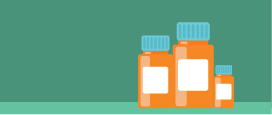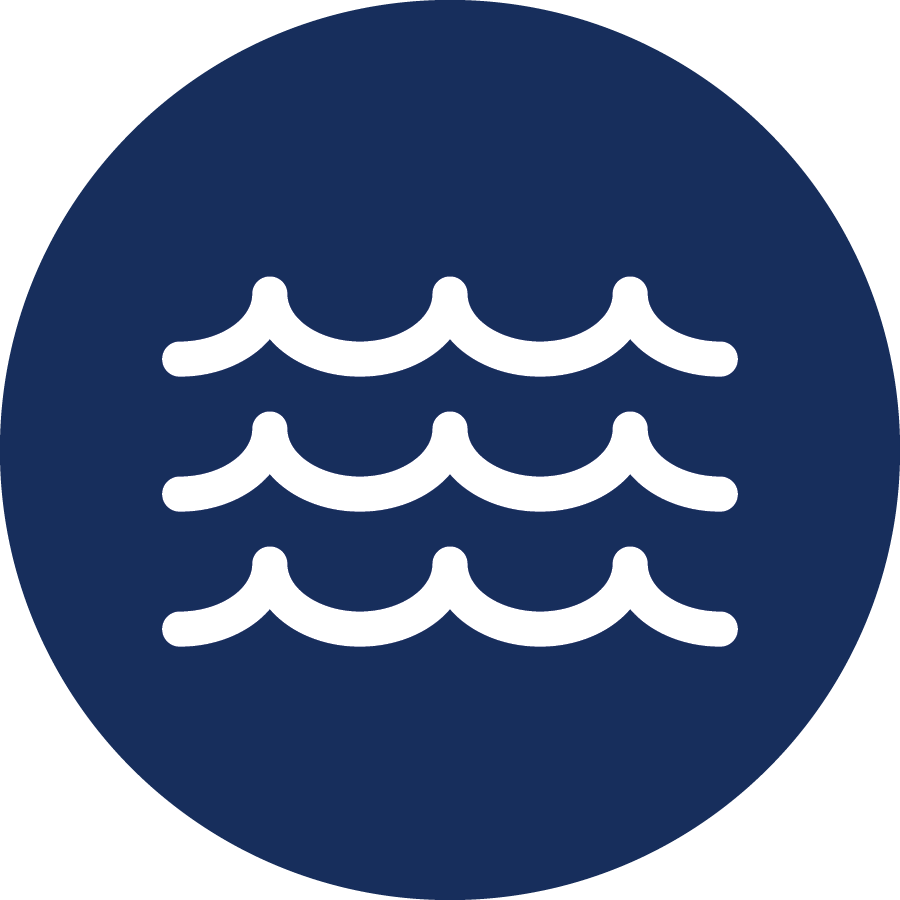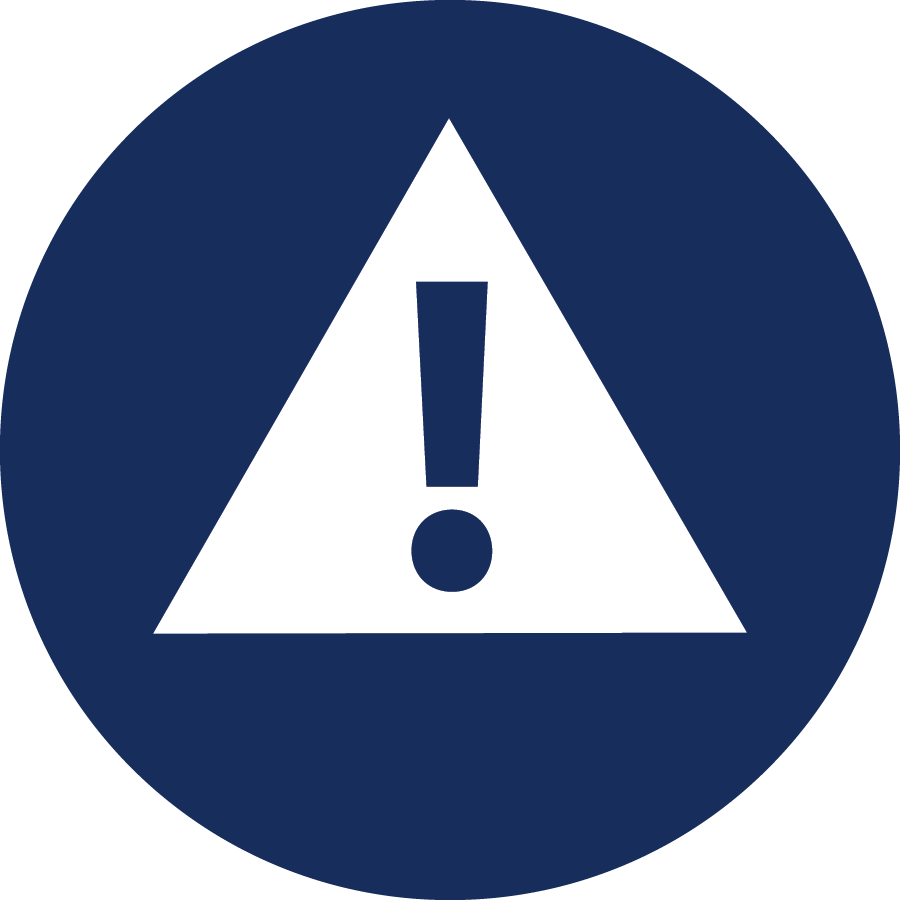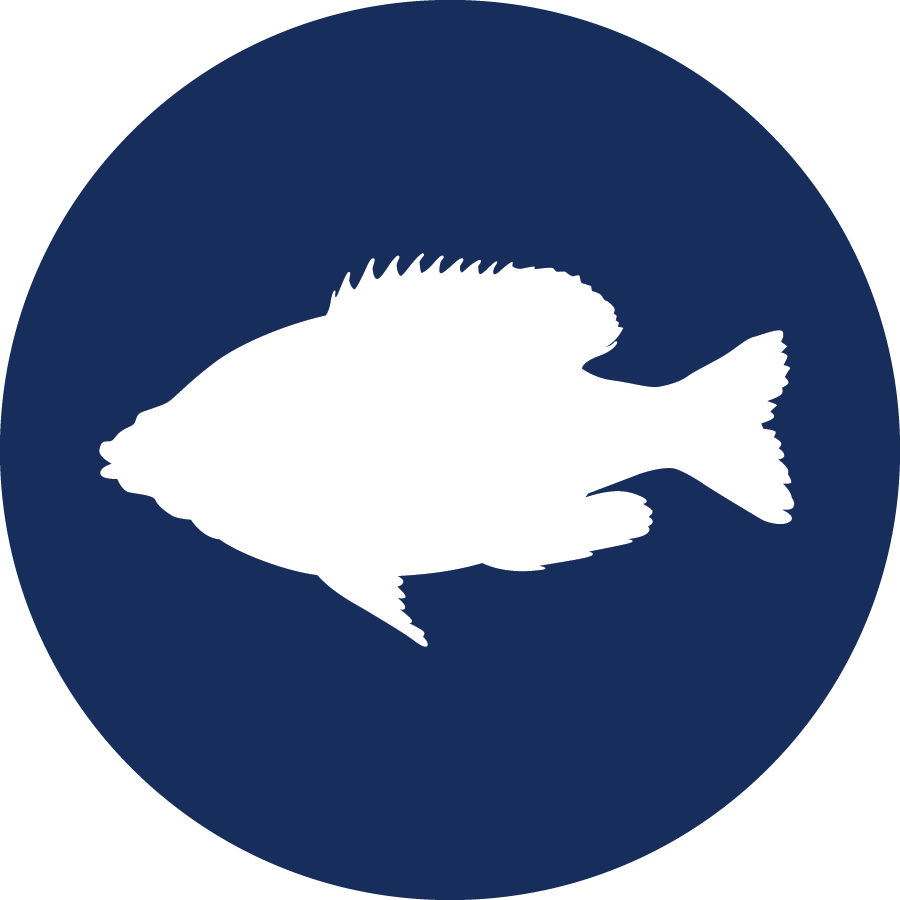
Why Should I Take the Time To Do This?
Pharmaceuticals in the environment illustrate the immediate connection of the actions of individuals with their environment. Properly disposing of unwanted medications may be inconvenient but there are some very compelling reasons to do this in a safe and responsible manner.
The toilet is not a trash can
 Drugs that are flushed down the toilet may pass through sewage treatment plants and septic tanks. These substances are released into waterways with the wastewater which can lead to adjacent soil and groundwater. Septic tanks systems may release the pharmaceuticals directly into the soil and eventually into groundwater. Proper disposal of drugs is a straight-forward way for individuals to prevent pollution.
Drugs that are flushed down the toilet may pass through sewage treatment plants and septic tanks. These substances are released into waterways with the wastewater which can lead to adjacent soil and groundwater. Septic tanks systems may release the pharmaceuticals directly into the soil and eventually into groundwater. Proper disposal of drugs is a straight-forward way for individuals to prevent pollution.
You can make a difference
Children, pets or scavenging animals could find the medication and ingest it. Drugs could be scavenged and illegally sold. Take action to minimize the threat of accidental poisoning or drug abuse. Let’s take precautions now to avoid harm to future generations and the environment.
For More Information

Facts About Prescription Drug Disposal
Maryland residents often have prescription drugs and other pharmaceuticals that are either expired or no longer needed. It once was common practice to flush these medications down the toilet. Many prescription and nonprescription drugs are found at trace levels in treated wastewater discharged from wastewater treatment plants.
Some of these substances are bad for our environment and human health, like the opioid epidemic affecting the mid-Atlantic region. Pharmaceuticals can pass through wastewater treatment plants and septic tanks into surface waters, soils, and groundwater. The federal government has released guidelines to reduce the diversion of prescription drugs while also protecting the environment.
 Drugs like opioids can be scavenged and illegally used or sold, or could poison children and animals.
Drugs like opioids can be scavenged and illegally used or sold, or could poison children and animals.
 Unused medications improperly disposed of can harm you and your environment.
Unused medications improperly disposed of can harm you and your environment.
 When drugs are flushed, they may not be broken down by the wastewater treatment facilities and septic tank systems and can enter the soil, surface water and groundwater in public drinking water supplies.
When drugs are flushed, they may not be broken down by the wastewater treatment facilities and septic tank systems and can enter the soil, surface water and groundwater in public drinking water supplies.
 Research studies have shown that exposure to drugs found in waterways can have adverse impacts on certain species and other aquatic life.
Research studies have shown that exposure to drugs found in waterways can have adverse impacts on certain species and other aquatic life.
 Simply preventing pollution is preferable to cleaning up the environment and minimizes public cost and human and ecological exposure
Simply preventing pollution is preferable to cleaning up the environment and minimizes public cost and human and ecological exposure
Federal Prescription Drug Disposal Guidelines Urge You To
Return unused, unneeded or expired prescription drugs to pharmaceutical take-back locations for safe disposal. Ask your local pharmacy or law enforcement agency about pharmaceutical take-back programs.
Take unused, unneeded or expired prescription drugs out of their original containers.
Mix the prescription drugs with an undesirable substance like coffee grounds or kitty litter and put them in impermeable, nondescript containers such as empty cans or sealable bags. That ensures the drugs are not diverted or accidentally ingested by children or pets. Some pill containers now have devices that can neutralize the drugs while encasing them inside the containers.
Throw these containers in the trash as part of the waste stream into your local landfill.
-
Do NOT flush prescription drugs down the toilet.
Contact Information
For more information please contact Mark Shaffer at (410) 537-3056